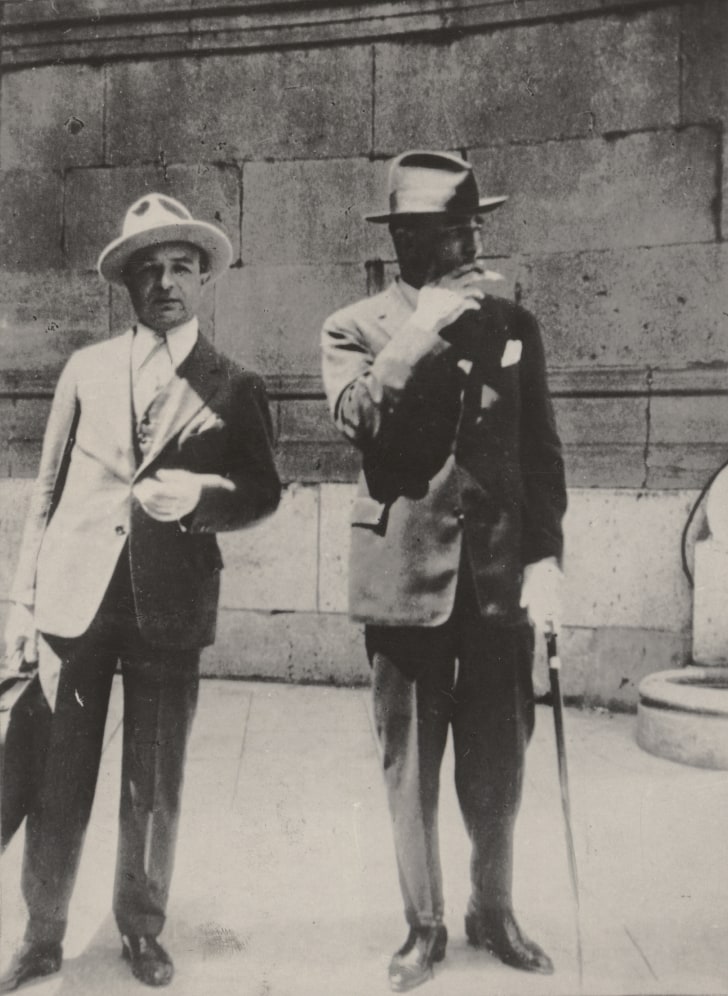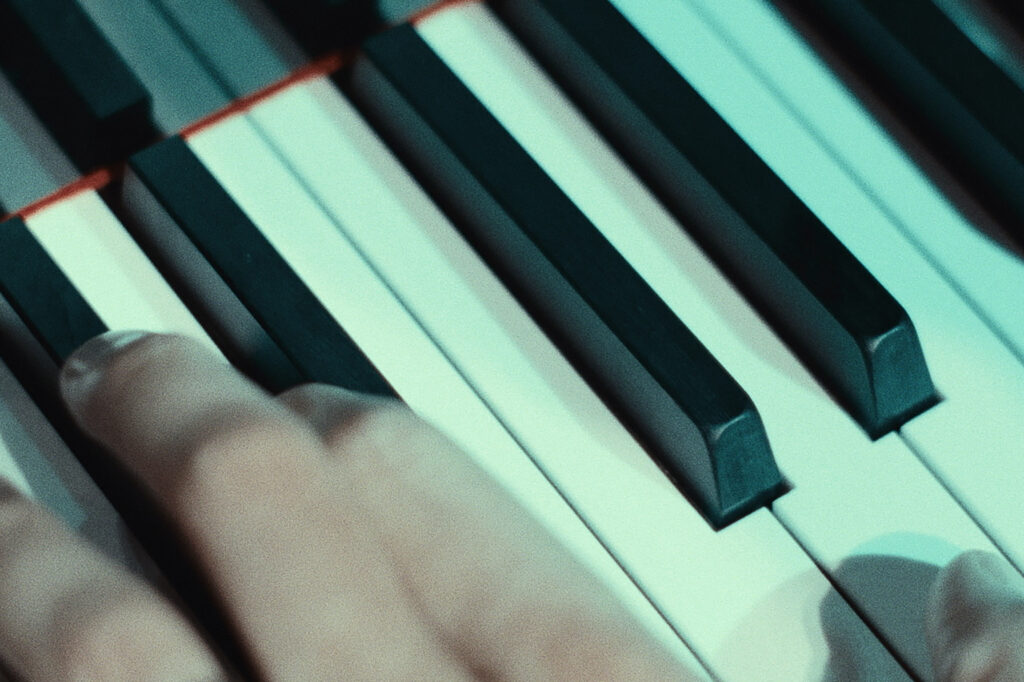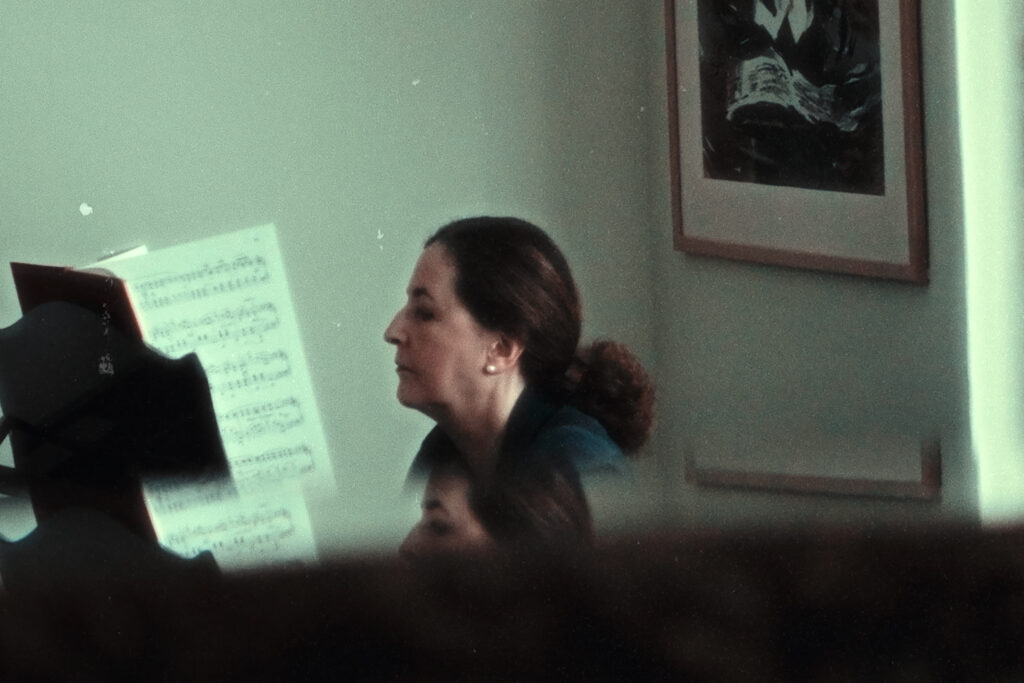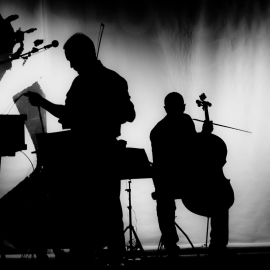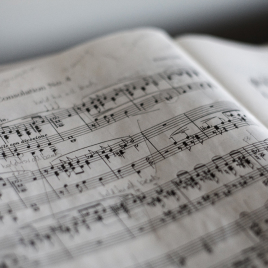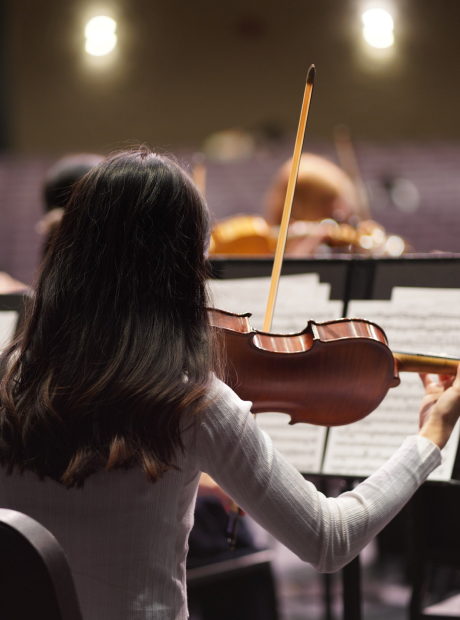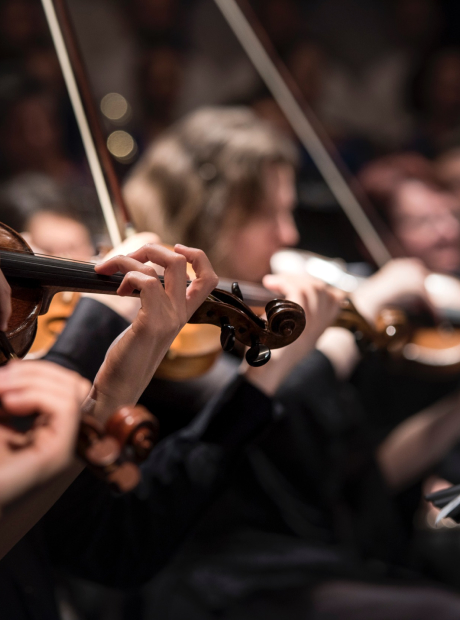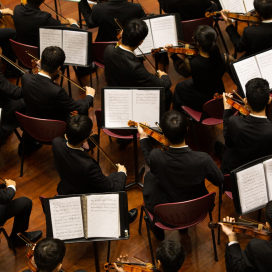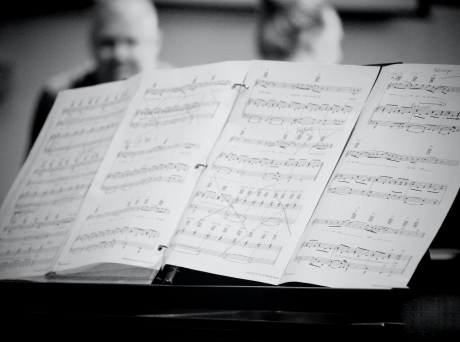Karol Szymanowski
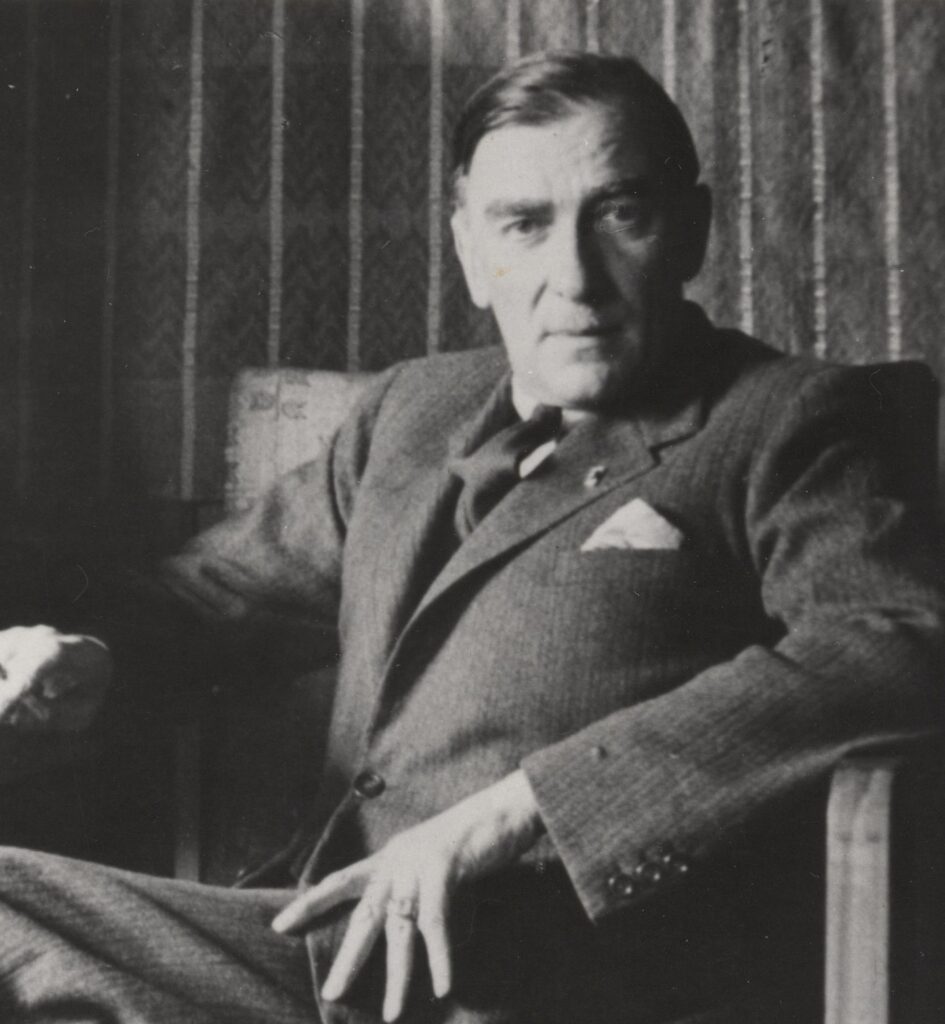
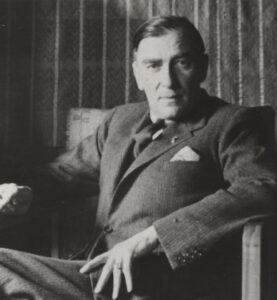
 x 2)
x 2)About author
Karol Szymanowski, a Polish pianist and composer. A representative of the so-called Young Poland movement, regarded as one of the most outstanding Polish composers. He began his musical education in 1889 under the guidance of his father and continued it first in Elizavetgrad and later in Warsaw. His main instrument was the piano, but he was never considered to be a virtuoso. On completing his music studies, in 1905, he travelled to Italy with the poet Stanisław Ignacy Witkiewicz, and he then co-founded the Young Polish Composers Publishing Company, later dubbed Young Poland. The other co-founders were Grzegorz Fitelberg, Ludomir Różycki and Apolinary Szeluto, while its patron was Władysław Lubomirski.
The year 1906 brough the Company’s first concerts in Warsaw and Berlin. Over subsequent years, Szymanowski repeatedly visited Berlin and Leipzig, and in 1908 he returned to Italy. In 1912 he settled in Vienna, where he began working with Universal Edition, which still prints some of his compositions. Between 1914 and 1922 Szymanowski travelled to Italy, France, the UK, Russia, North Africa and the US. In 1922 he made his first trip to Zakopane since the First World War, and over many subsequent visits he expanded his knowledge of Polish folklore. From 1927 to 1932 Szymanowski was director of the Warsaw Conservatory and rector of the Music Academy. From 1930 he lived at his Atma villa in Zakopane, which today houses a museum devoted to his work.
In the years 1933–1936 he performed in concert across Europe. The frequent travelling affected his health, and he ultimately contracted tuberculosis. He visited health spas in France and Switzerland several times. He died in 1937, in Lausanne.
Karol Szymanowski’s music derives from the late Romantic tradition, but it also betrays many impressionistic influences. Visits to North Africa brought oriental influences to his music (e.g. Songs of the Infatuated Muezzin). Thanks to frequent sojourns in Zakopane, he got to know the traditions of Polish folklore and incorporated them into his works (e.g. Kurpian Songs, the ballet Harnasie). While his early output contains more instrumental works (e.g. Preludes for piano), the late period in his oeuvre is dominated by orchestral music and vocal music with instrumental accompaniment, including operas.
Principal works:
- Nine Preludes, Op. 1 for piano (1899–1900)
- Four Studies, Op. 4 for piano (1900–02)
- Variations on a Polish folk tune in B minor, Op. 10 for piano (1900–04)
- Variations in B minor, Op. 3 for piano (1901–03)
- Piano Sonata No. 1 in C minor, Op. 8 (1903–04)
- Sonata in D minor, Op. 9 for violin and piano (1904)
- Concert Overture in E major, Op. 12 for symphony orchestra (1904–05)
- Fantasia in C major, Op. 14 for piano (1905)
- Prelude and Fugue in C sharp minor for piano (1905–09)
- Symphony No. 1 in F minor, Op. 15 (1906–07)
- Trio, Op. 16 for piano, violin and cello (1907)
- Penthesilea, Op. 18, a song to words by Stanisław Wyspiański for voice and orchestra (1908)
- Loteria na mężów [The husband lottery], an operetta in three acts (1908–09)
- Symphony No. 2 in B flat major, Op. 19 (1909–10)
- Romance in D major, Op. 23 for violin and piano (1910)
- Piano Sonata No. 2 in A major, Op. 21 (1910–11)
- Hagith, Op. 25, an opera in one act (1912–13)
- Symphony No. 3 (‘Song of the Night’), Op. 27 for solo tenor (or soprano), mixed choir and orchestra (1914–16)
- Nocturne and Tarantella, Op. 28 for violin and piano (1915)
- Métopes, Op. 29, three poems for piano (1915)
- Mythes, Op. 30, three poems for violin and piano (1915)
- Pieśni księżniczki z baśni [Songs of the fairy princess], Op. 31 for voice and piano (1915)
- Masques, Op. 34, three pieces for piano (1915–16)
- Twelve Studies, Op. 33 for piano (1916)
- Violin Concerto No. 1, Op. 35 (1916)
- Piano Sonata No. 3, Op. 36 (1917)
- String Quartet No. 1, Op. 37 (1917)
- Demeter, Op. 37 bis for solo alto, female choir and orchestra (1917)
- Agave, Op. 38 for solo alto, female choir and orchestra (1917)
- Pieśni muezina szalonego [Songs of the infatuated muezzin], Op. 42 for soprano and piano (1918)
- Król Roger [King Roger], Op. 46, an opera in three acts (1918–24)
- Mandragora, Op. 43, a pantomime in three parts for symphony orchestra (1920)
- Słopiewnie, Op. 46 bis, five songs to words by Julian Tuwim for voice and piano (1921)
- Harnasie, Op. 55, a ballet-pantomime in three tableaux for solo tenor, mixed choir and orchestra (1923–31)
- Twenty Mazurkas, Op. 50 for piano (1924–25)
- La Berceuse d’Aitacho Enia, Op. 52 for violin and piano (1925)
- Stabat Mater, Op. 53 for solo voices, mixed choir and orchestra (1925–26)
- Four Songs, Op. 54 to words by James Joyce for voice and piano (1926)
- String Quartet No. 2, Op. 56 (1927)
- Vocalise-Etude for voice and piano (1928)
- Six Kurpian Songs for mixed choir a cappella (1928–29)
- Veni Creator, Op. 57 for soprano, mixed choir, organ and orchestra to words by Stanisław Wyspiański (1930)
- Kurpian Songs, Op. 58 for voice and piano (1930–32)
- Litania do Marii Panny [Litany to the Virgin Mary], Op. 59, two fragments for soprano, female choir and orchestra (1930–33)
- Symphony No. 4 (Symphonie concertante), Op. 60 for piano and orchestra (1932)
- Violin Concerto No. 2, Op. 61 (1932–33)
- Two Mazurkas, Op. 62 for piano (1933–34)




